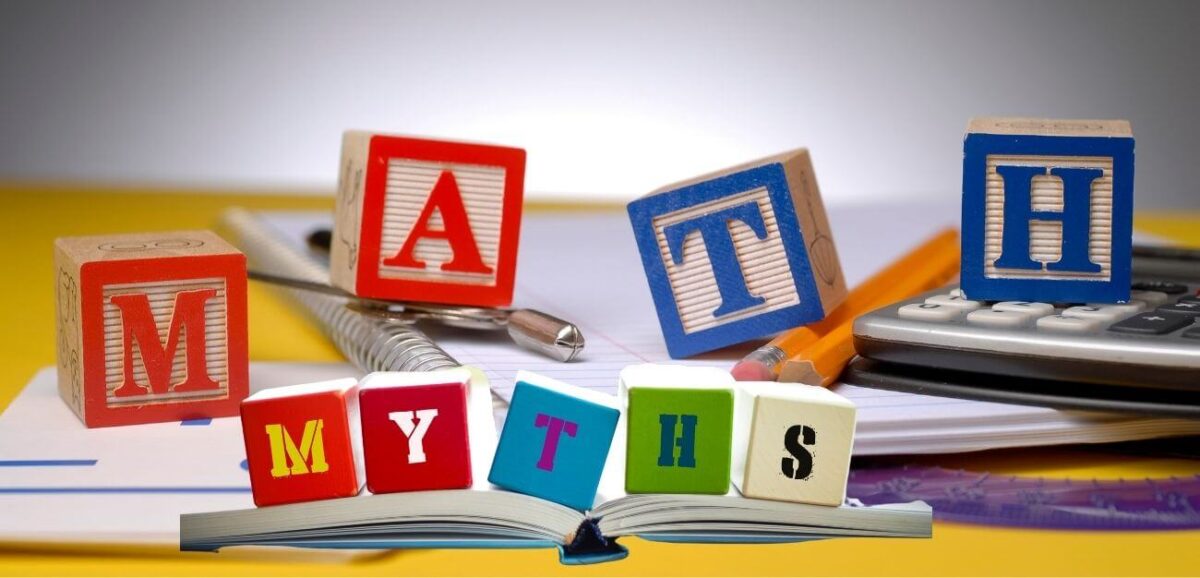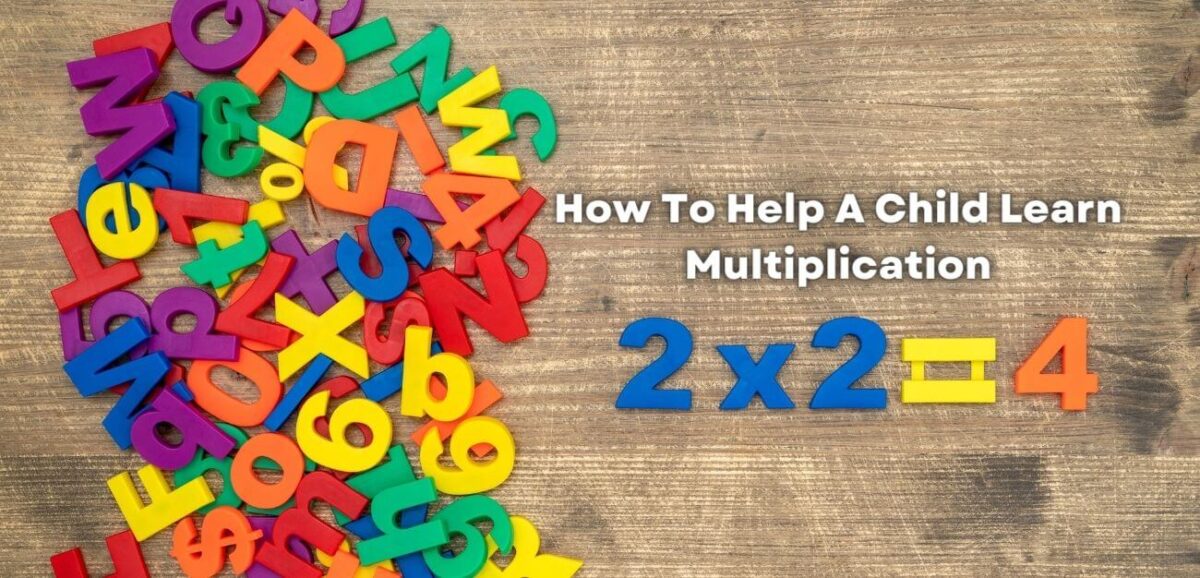As a parent, it’s natural to worry about your child’s academic progress, especially when it comes to learning essential skills like multiplication. You want to ensure that they are learning and mastering essential skills that will prove useful throughout their life. However, knowing how to help your child if you notice they are struggling with this crucial subject can be challenging. But, with the right guidance and resources, you can assist your child in becoming proficient at multiplication, giving them the foundation for success in their future academic endeavours.
Today we will go through some effective and engaging techniques to help your child master multiplication with confidence. We will also discuss how math tutoring may be an effective way for your child to fill in any gaps in learning.
By understanding how to approach multiplication in a way that suits your child’s learning style and interests, you can make math more enjoyable and less intimidating. There are various strategies that can help your child learn multiplication, including:
- Skip counting
- Visual aids
- Multiplication games
- Real-life situations
- Math tutoring
Teaching multiplication to a child can be daunting, but breaking it down into easy-to-understand steps can make the process much more manageable. By following some easy steps, your child can start to grasp the concept of multiplication without feeling overwhelmed.
Let’s delve into these methods and explore how you can effectively implement them to help your child succeed in their multiplication journey.
How To Use Skip Counting To Help Your Child Learn Multiplication
One of the most effective ways to help your child learn multiplication is by introducing them to the concept of skip counting. Skip counting is simply the process of counting forward by a specific number instead of counting one by one. In this section, we’ll explore how you can use skip counting to make learning multiplication a breeze for your little one.
Start by familiarizing your child with the concept of skip counting. For instance, if they are learning to multiply by 2’s, have them practice counting by 2’s (2, 4, 6, 8, 10, etc.). Once they’ve grasped the idea, gradually increase the difficulty by introducing higher numbers for skip counting. For example, counting by 3’s, 4’s, or 5’s. Encourage them to practice regularly and offer praise for their efforts. This will help build their confidence and motivation.
Connecting Skip Counting to Multiplication
Once your child is comfortable with skip counting, it’s time to connect the dots and help them understand the relationship between skip counting and multiplication. Use real-life examples or simple illustrations to explain how multiplication is essentially repeated addition and how skip counting is a shortcut to adding the same number repeatedly.
Show them how, for example, skip counting by 3’s (3, 6, 9, 12) is the same as multiplying 3×1, 3×2, 3×3, and 3×4. By making this connection, your child will gain a deeper understanding of multiplication and be better equipped to tackle more complex math problems confidently.
Teaching your child multiplication through skip counting is an engaging and effective method. By incorporating fun activities and gradually increasing the difficulty, you’ll help your child build a solid foundation in multiplication, setting them up for success in their math journey.
Using visual aids to help your child grasp multiplication concepts
Visual aids can be a game-changer when helping your child learn multiplication. They provide a concrete representation of abstract concepts, making it easier for young minds to grasp. Let’s explore various visual aids and how to use them effectively.
- Multiplication chart
A multiplication chart is an excellent visual tool for children to see the relationship between numbers. You can either purchase a chart or create one together with your child. Encourage them to refer to the chart when solving multiplication problems and, as they become more confident, challenge them to fill in the blanks from memory.
- Arrays and grids
Arrays are arrangements of objects in rows and columns that represent a multiplication problem. For example, a 3×4 array has three rows and four columns, totalling 12 objects. You can use everyday items like buttons and coins or even draw grids on paper. This method helps children visualize the process and understand the concept of repeated addition.
- Number lines
Number lines are another helpful visual aid for teaching multiplication. Start by drawing a number line on a piece of paper and have your child place markers at equal intervals to represent the multiplication problem. For example, if they’re solving 4×3, they would place markers at 4, 8, and 12. This technique reinforces the idea that multiplication is a series of additions.
Incorporating visual aids into your child’s learning process can significantly affect their understanding of multiplication. By using tools like multiplication charts, arrays, and number lines, your child will be better equipped to tackle math problems and build a strong foundation in this essential skill.
How Playing Board Games Can Help Your Child Learn Multiplication
Playing board games is one of the most engaging and enjoyable ways for your child to learn multiplication. Board games make learning fun and interactive and provide an opportunity for parents to bond with their children while teaching them important math skills.
First and foremost, choosing the right board games that focus on multiplication or contain elements that teach multiplication concepts is essential. While playing these board games, it’s important to encourage your child to think critically and solve multiplication problems independently. You can also use these opportunities to demonstrate and explain different multiplication strategies, such as repeated addition, skip counting or using a times table. This will help your child better understand the concepts and build their confidence in solving multiplication problems.
Additionally, you can create your own multiplication board games using materials you have at home. For example, you can make a simple board game using a sheet of paper and a deck of playing cards. Write multiplication problems on the cards, and have your child move their game piece along the board according to the answers they get. This way, you can customize the game to your child’s needs and interests, making learning multiplication even more enjoyable.
Playing board games with your child can be an effective and engaging way to help them learn multiplication. By choosing the right games, encouraging critical thinking, and demonstrating various multiplication strategies, you can support your child in their math journey and make learning fun. So, break out the board games and enjoy some quality time with your child while helping them master multiplication!
Incorporating multiplication into everyday activities
One of the most effective ways to teach multiplication to children is by integrating it into their everyday life activities. This helps them grasp the concept better and makes learning fun and engaging. There are various ways to incorporate learning in daily life, but there are a couple of instances where multiplication can be heavily used.
- Cooking and Baking
Involve your child in cooking and baking activities where they can practice multiplication. For example, ask them to measure ingredients, such as doubling a recipe or figuring out how many cups of flour are needed for multiple batches of cookies. This hands-on experience will make multiplication more relatable and enjoyable for them.
- Grocery Shopping
Turn your grocery shopping trips into a multiplication lesson. Ask your child to calculate the total cost of items when buying multiples, like three boxes of cereal or four cans of soup. You can also have them figure out the price per unit by dividing the total cost by the number of items. This real-life application will help them understand the practical use of multiplication.
Incorporating learning multiplication into everyday life activities helps children understand the concept and allows them to see its relevance in their daily lives. By making it a part of their routine, you can ensure that your child becomes more confident and comfortable with multiplication, leading to a stronger foundation in math.
How Math Tutoring Can Help Your Child Learn Multiplication
One of the most effective ways to help a child struggling with multiplication is through math tutoring. A tutor can provide personalized attention, tailored lesson plans, and the encouragement your child needs to feel confident in their math abilities.
At Dropkick Math Academy, we make math tutoring fun and engaging through game-based learning. As an alternative to traditional math tutoring, our programs are centred around the four pillars of math (number sense, operational sense, algebraic reasoning, and proportional reasoning). By mastering these four fundamental concepts, students will be able to solve any problem they encounter in math. In addition, the four pillars of math provide a strong foundation for students to build upon as they move on to more advanced concepts.
Teaching Techniques and Strategies
Our math tutors at Dropkick Math Academy are experienced professionals with a wealth of teaching techniques and strategies. As certified Ontario teachers, they can introduce your child to different methods of multiplication, such as skip counting, repeated addition, and lattice multiplication. By presenting a variety of approaches, your child is more likely to find one that resonates with their learning style.
Boosting Confidence and Motivation
Children who struggle with math often experience a drop in their confidence and motivation. However, our math tutors can help turn this around by celebrating small victories, providing positive reinforcement, and setting achievable goals. As your child starts to see progress in their multiplication skills, their self-esteem and enthusiasm for learning will grow.
Math tutoring can be an invaluable resource for a child who is struggling with multiplication. It offers a personalized learning experience, a wide array of teaching techniques, and the support needed to boost confidence and motivation. Consider investing in a math tutor to help your child achieve success in this fundamental mathematical skill.
Becoming A Multiplication Master
As adults, we rely on multiplication skills in daily life, from calculating the cost of groceries to figuring out the tip for a restaurant bill. However, helping a child learn multiplication can seem like a daunting task. The good news is that there are many ways to teach this important skill that don’t have to involve tears and frustration. By incorporating visuals, such as multiplication tables or diagrams, along with board games that help cement multiplication facts, children can begin to see the patterns and relationships in the numbers. Real-life examples, like using multiplication to determine how many pieces of candy to divide among friends, can also make the concept more tangible. And if your child continues to struggle, don’t despair – math tutoring can provide additional support and help fill in any gaps in understanding. With patience and creative teaching methods, your child can become a multiplication master in no time.
Learn more about our math tutoring programs today!











